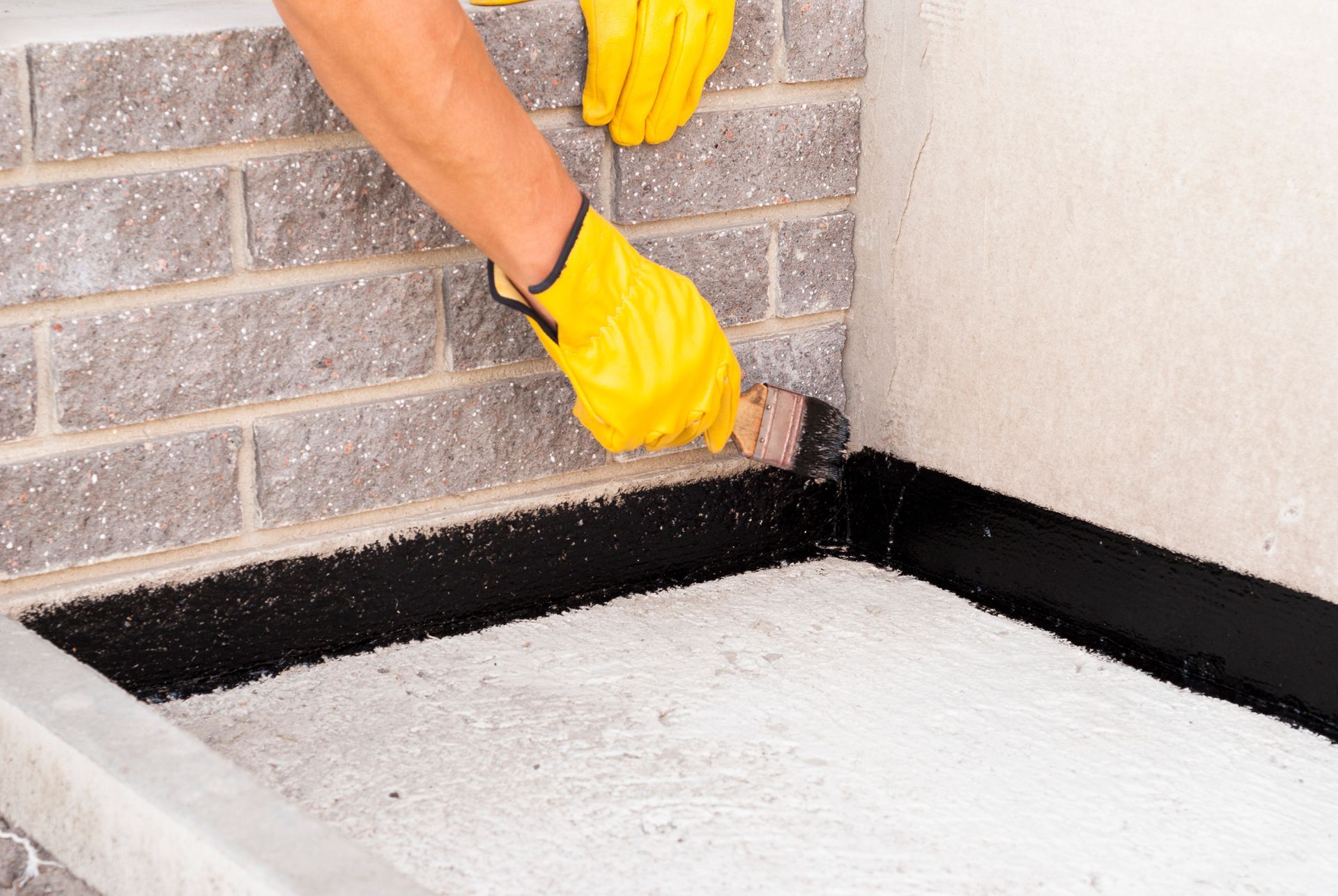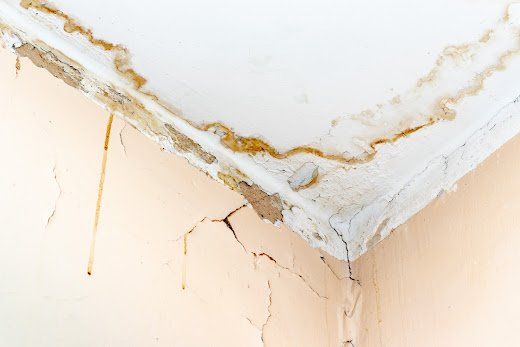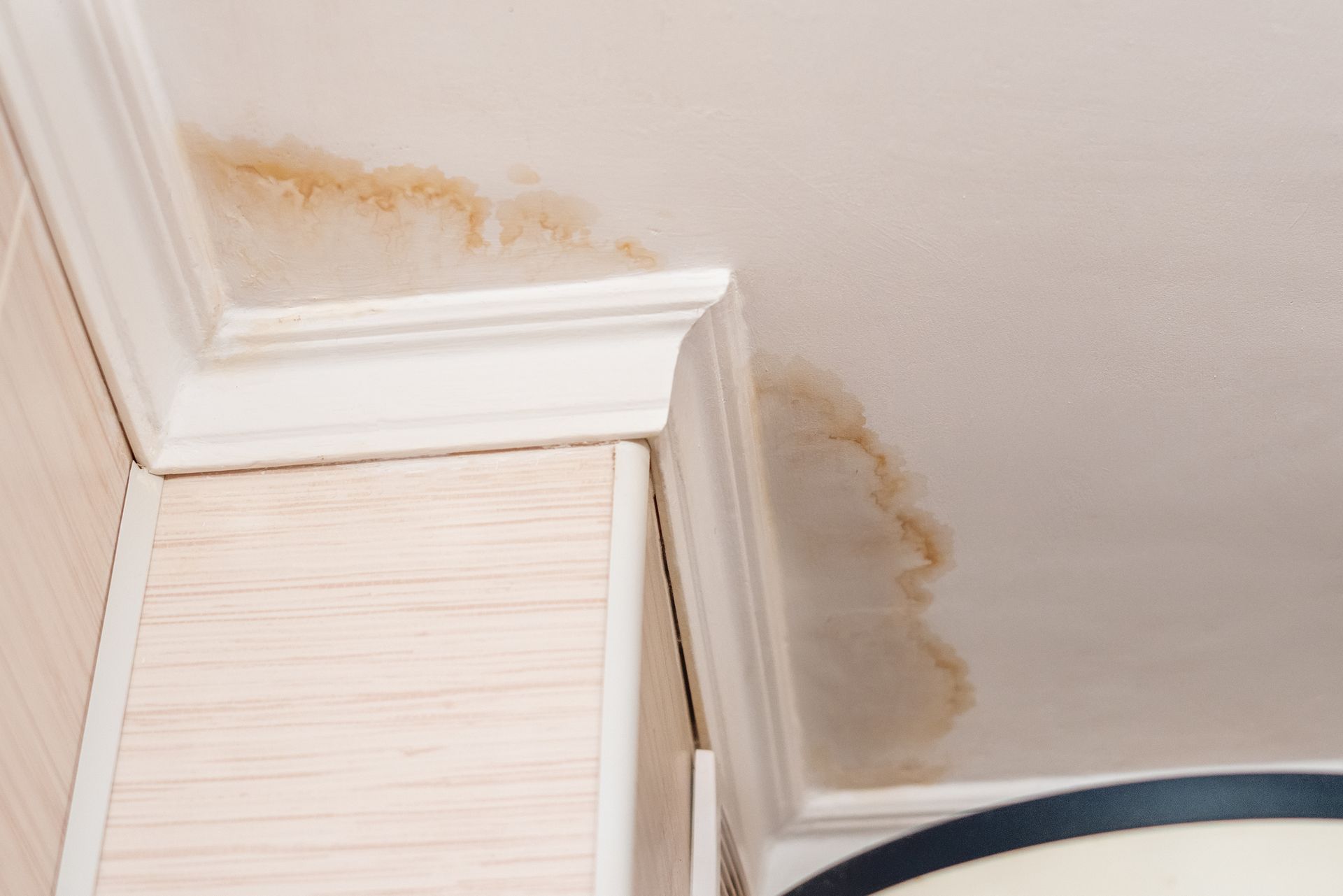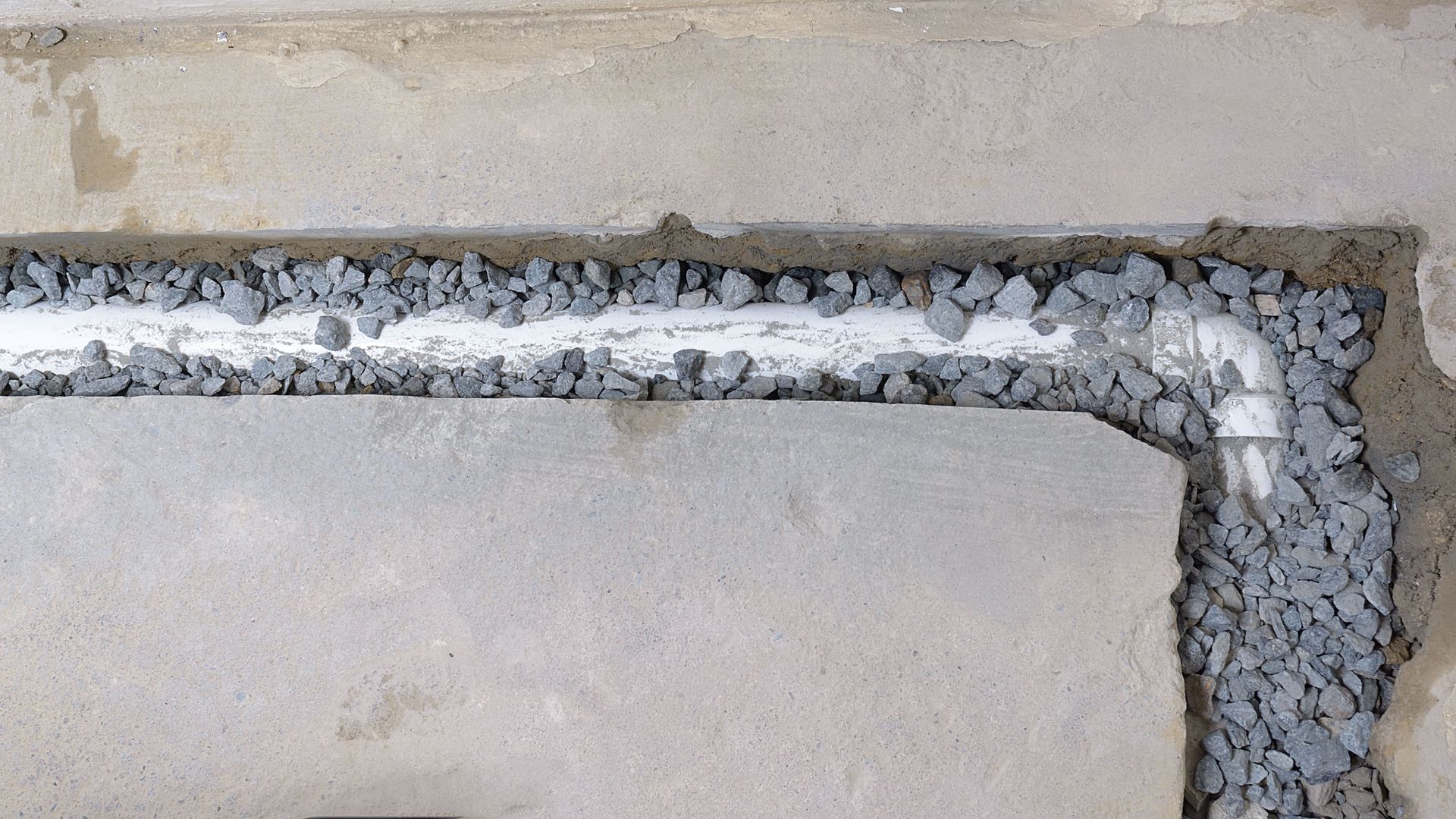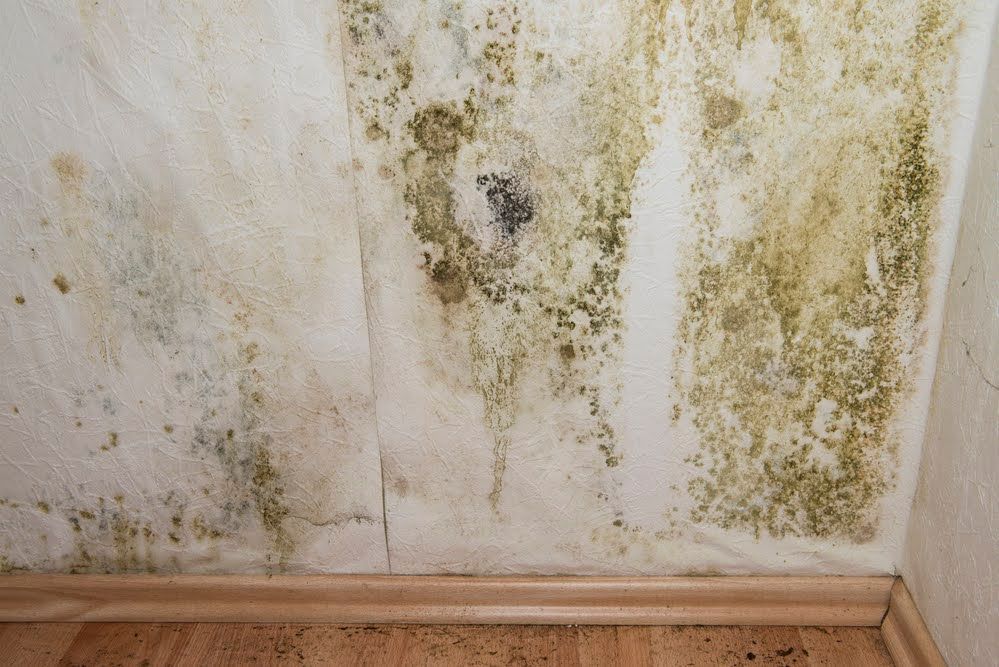3 Conditions and Diseases Caused by Long-Term Mold Exposure

Mold can cause your home to smell musty and look like you've been neglecting it. However, long-term exposure to mold can cause serious health complications, especially if you already have a compromised immune system, allergies, or respiratory complications. If you would like to learn more about the conditions and diseases caused by mold, keep reading.
1. Aspergillosis
Aspergillosis is caused by the common mold aspergillus. Many people breathe in the spores with little to no side effects, but people with weakened immune disease or respiratory complications may develop a form of aspergillosis. Allergic bronchopulmonary aspergillosis can affect people with asthma, causing symptoms like shortness of breath, coughing, and wheezing.
Invasive aspergillosis is more common if your immune system is compromised from chemotherapy, AIDS, and any other condition that may weaken your immune system. If left untreated, this condition can turn into infectious pneumonia, which can be life threatening. Symptoms of invasive aspergillosis include cough (with or without blood), pain in the chest, shortness of breath, and a fever.
If you have a lung disease, you also at risk of developing aspergilloma, which is a fungus growth that contains fungus, clots, and white blood cells. Unlike infections aspergillosis, the fungus ball rarely spreads to other parts of the body, but it can damage lung tissue. Symptoms include pain in the chest, headaches, bloody phlegm, difficulty breathing, etc.
2. Osteomyelitis
Osteomyelitis is an infection that affects the bones, and it is caused by molds in the genus Acremonium. As with most conditions caused by mold, you are at a greater risk if you have a weakened immune system, sickle cell disease, or if you are elderly.
Osteomyelitis can affect any bone in the body; but in adults, it commonly affects the vertebrae and pelvic, and in children it usually affects the long bones. Symptoms of osteomyelitis include pain, swelling, fever, pus, chills, and decreased motion of a joint. If left untreated for long enough, reduced blood flow can cause the bone to die.
If the bone does start to die, surgery may be required to remove the affected part of the bone. However, if the condition has affected your vertebrae, surgery is only recommended if the condition is causing compression of the spinal cord.
3. Endocarditis
Endocarditis caused by mold is rare, but it has a high mortality rate. The molds that commonly cause endocarditis are aspergillus (the same mold that cause aspergillosis) and candida. You have a higher risk of getting endocarditis if you have heart complications like an artificial heart valve, congenital heart defects, or damaged heart valves.
Common symptoms of endocarditis include flu-like symptoms, fatigue, night sweats, chest pain, and swelling in your legs and feet. Less common symptoms include blood in urine, tenderness in the spleen, lesions on the palms of your hands and the soles of your feet, and red and tender spots on fingers and toes.
If left untreated, endocarditis can cause clumps. If these clumps break free, they can travel to various parts of your body to cause major complications such as stroke, seizures, kidney damage, and an enlarged spleen. In some cases, you may even suffer from partial or total paralysis. Some patients even start to develop abscesses on the heart, brain, or lungs.
Mold doesn't just destroy your home; it can negatively impact your overall health for a long time. If you believe you have mold, or you've recently had water damage that could turn into mold, take action to better protect yourself and your family. For more information on mold removal and water damage repair, contact us at Central Penn Waterproofing today.


